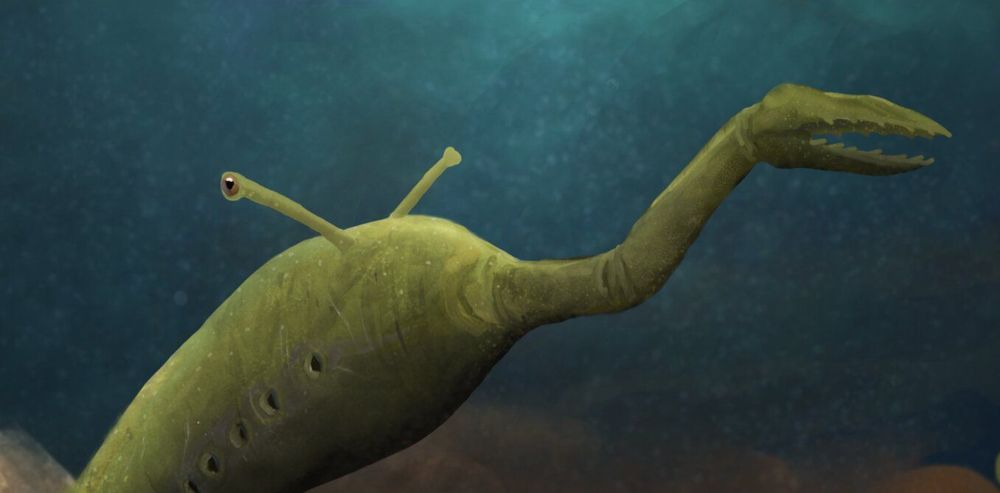Nov 11, 2019
How Long Before Sodium Batteries Are Worth Their Salt?
Posted by Quinn Sena in categories: chemistry, computing, mobile phones, transportation
Circa 2017
Today, lithium is the active ingredient in batteries that power smart phones, laptops, and cars. But because of the price of lithium, researchers have been looking for another, more abundant element that could replace it. Several start-ups and established companies have tackled the idea of developing rechargeable batteries in which the active ingredient is sodium, lithium’s neighbor on the periodic table.
Besides its availability, sodium has several other important properties—not the least of which is its resistance to catching on fire. What’s more, “It was a good candidate because it could store a similar amount of energy as compared to lithium,” remembers Minah Lee, who does research on sodium batteries at Stanford University.
Continue reading “How Long Before Sodium Batteries Are Worth Their Salt?” »


















